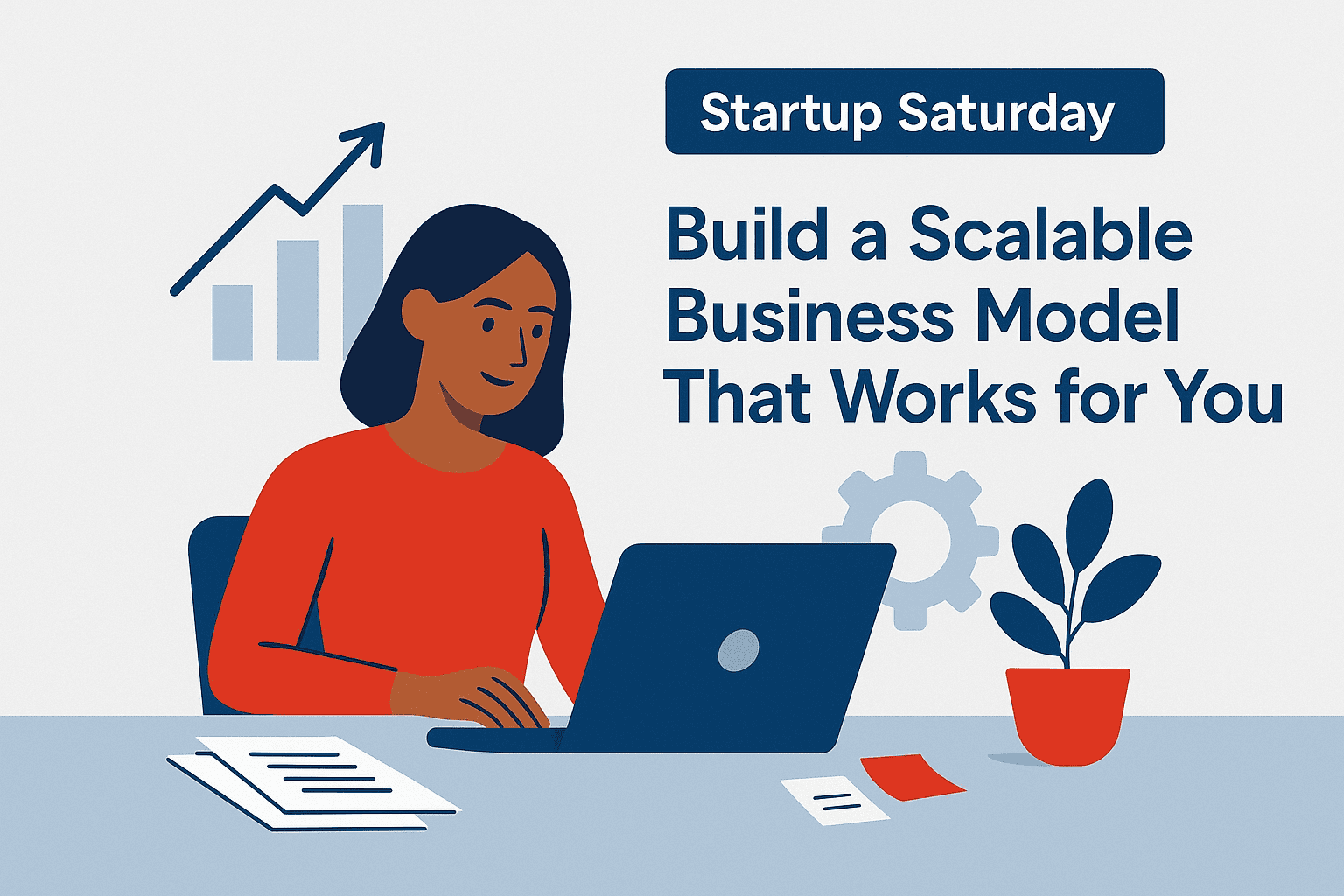[fusion_builder_container hundred_percent=”yes” overflow=”visible”][fusion_builder_row][fusion_builder_column type=”1_1″ layout=”1_1″ background_position=”left top” background_color=”” border_size=”” border_color=”” border_style=”solid” spacing=”yes” background_image=”” background_repeat=”no-repeat” padding=”” margin_top=”0px” margin_bottom=”0px” class=”” id=”” animation_type=”” animation_speed=”0.3″ animation_direction=”left” hide_on_mobile=”no” center_content=”no” min_height=”none” last=”no” hover_type=”none” link=”” border_position=”all”][fusion_text]
Questions to Ask before You Buy a Business

Customers
11) Do you keep a customer list?
In another post, I mentioned the cost to obtain a new customer versus retaining an established customer. As such, you’ll want to retain those relationships. Having access to the customer list will allow you to make contact with those customers and establish a new relationship under your ownership.
12) What kind of contracts do you have in place with customers?

13) Do you have key customers you rely heavily on to sustain the business?
Some businesses have a few select clients that bring in the bulk of their revenue with a few smaller clients intermingled. Though every customer is important, it’s crucial to be aware of those cash cow clients, as the loss of a big client can have a significant impact on the overall state of your business. If your unable to absorb the cost through other customers, you might find you’ve created a sinking ship.
14) How likely are customers willing to jump ship after the transfer of ownership?
Speaking of ships, it’s a given you’ll have some attrition when you claim ownership of the business. Feel the seller out and get an understanding of the customers who are there specially because they want to deal with the seller. Find out what he/she has done to acquire customer loyalty, as you may find ways to retain those same customers despite their loyalty to the owner. After all, if the owner is abandoning his/her business, those customers will be looking for similar services elsewhere. It’s up to you to find ways for them to realize there’s no need to go elsewhere.
Employees
15) How many employees (Part-Time & Full-Time)?
For many company, employees are the biggest expense of doing businesses, but they’re also the biggest asset. Knowing how many employees you have on board will help you determine your capacity.
16) Is the staff sufficient to meet the current need? Is the company overstaffed?

17) What are the employees’ skill set?
Like I said, you want to have the right people in the right seats on the bus. Before you take over the business, get to know your soon-to-be employees. Get a feel for their interests and take inventory of their skill sets. You may find you can increase efficiency and employee satisfaction by creating opportunities or reorganizing, so employees are in positions that are best suited for them.
18) What are the employees plans after the sale? Do they intend to stay? Go?
Don’t assume employees will stay. Like customers, some employees stay specifically for the relationship they’ve developed with the owner. Failing to account for employees who plan to jump ship can leave gaps in your employment needs. On the other hand, you may find as you’re getting to know your soon-to-be employees, that you have individuals who aspire to more than they’d been given opportunities for under the old leaders.
19) Do your employees’ contracts include a non-compete clause?
I talk about customer service often. It’s definitely something business owners should strive to cultivate in their employees. It’s understandable that employees will develop their own loyal customer base when providing superb customer service. If that employee is planning to leave the company after the transition, there’s a chance his/her customers will follow. So ask if the employees have a non-compete clause. The last thing you want are the previous employees jumping ship and taking all the customers with them.
20) What are the terms of the employees contract?

21) Do you have an employee manual?
Employee manuals often get neglected with small businesses. It doesn’t have to be the case with yours. If a company manual is available, you’ll want to review it. If necessary, you might even consider updating it. If there is no company manual, it’s a good idea to have one developed prior to taking ownership, as you’ll want to introduce it earlier on.
Still more to come…
That’s enough for today. The next article, we’ll wrap things up with this series and end by addressing questions related to the management, legal issues, and the seller.[/fusion_text][/fusion_builder_column][fusion_builder_column type=”1_1″ layout=”1_1″ background_position=”left top” background_color=”” border_size=”” border_color=”” border_style=”solid” spacing=”yes” background_image=”” background_repeat=”no-repeat” padding=”” margin_top=”0px” margin_bottom=”0px” class=”” id=”” animation_type=”” animation_speed=”0.3″ animation_direction=”left” hide_on_mobile=”no” center_content=”no” min_height=”none” last=”no” hover_type=”none” link=”” border_position=”all”][fusion_tagline_box shadow=”no” shadowopacity=”0.7″ border=”1px” highlightposition=”top” content_alignment=”left” link=”https://backboneamerica.com/work-with-me” linktarget=”_self” button=”Let’s talk” title=”Is buying a business right for you?” description=”Let me help you discover the right fit” animation_type=”0″ animation_direction=”down” animation_speed=”0.1″ /][fusion_text][fusion_separator style_type=”shadow” hide_on_mobile=”small-visibility,medium-visibility,large-visibility” class=”” id=”” sep_color=”” top_margin=”” bottom_margin=”” border_size=”” icon=”” icon_circle=”” icon_circle_color=”” width=”” alignment=”center”][/fusion_separator]







